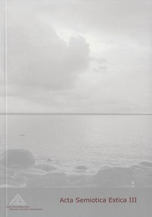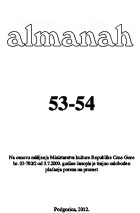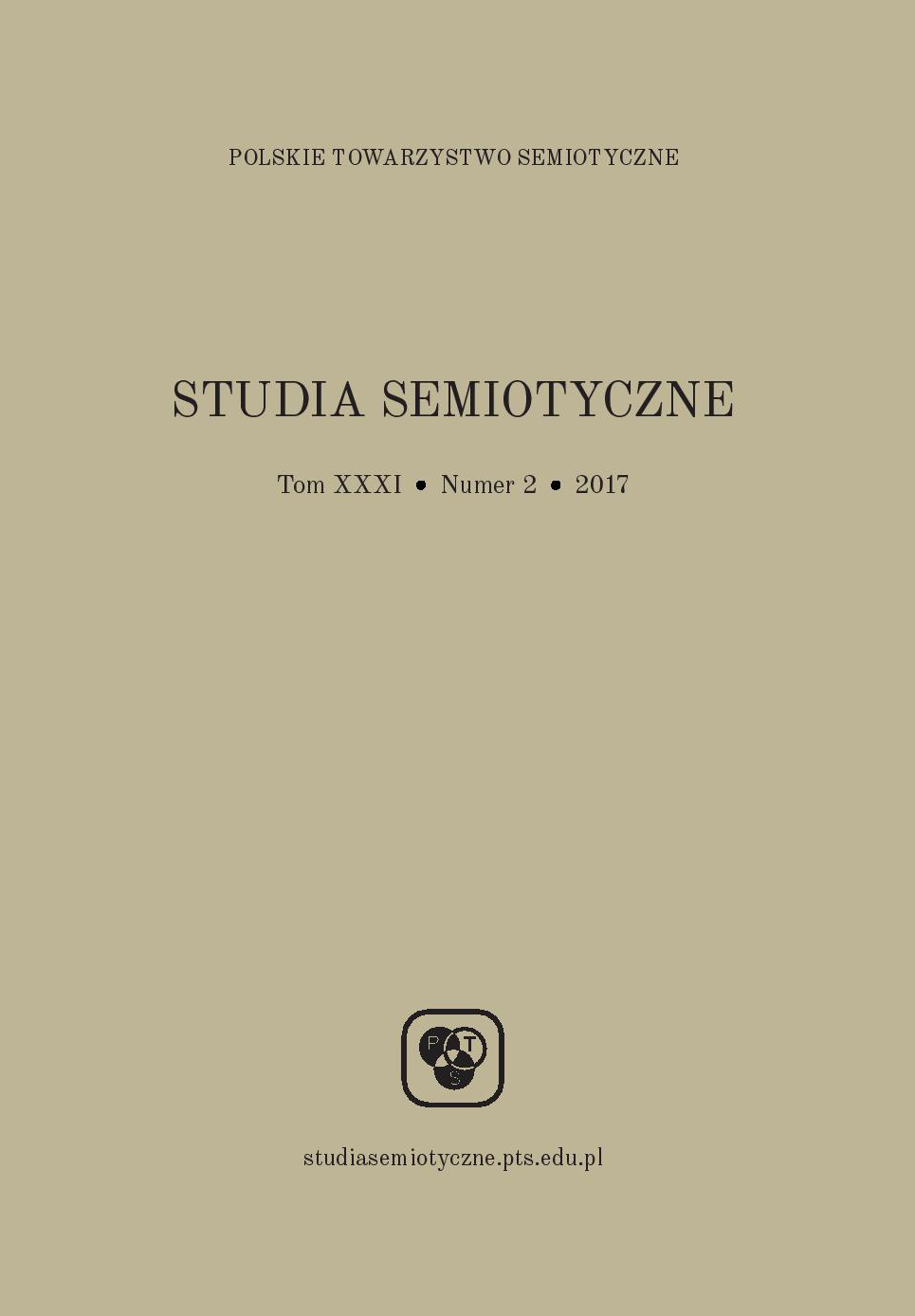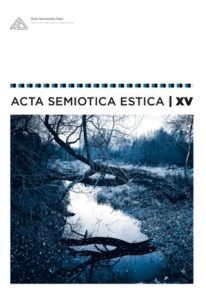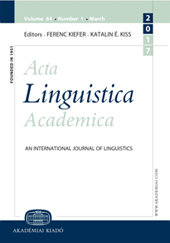Author(s): Luminiţa Chiorean / Language(s): Romanian
Issue: 11/2011
The article. Operators of connotative type. The constructions with the supplementary predicative uggests a reinterpretation of the constructions with the supplementary predicative, a supplementary syntactic position, realized in a double binary structure. This structure has two hypostases: the predicative modifier of the object (CPO) and the predicative attribute of the nominal (APN), both included in different syntactic groups (a verbal group and a nominal group). Insisting on the definition and description of the two syntactic variants of the supplementary predicative (that have the same derivative history), we have noticed that both types of assistants have the function of a semantic predication, differently administered: CPO – virtual semantic predication and APN – evident semantic predication. Suggesting these definitions, we came to the conclusion that the supplementary predicative (CPO, APN) assumes the next functions: the semantic-pragmatic function of a discursive topical rendering, the function of an assertive integrator associated to a connotative function, that of individualizing the nominal referent; thematic functions determined by the connotative predication, such as: Qualitative, Qualifying, Appreciative, Characterizing, Identifier, Denominative. Even more, the predicative attribute of the nominal has a poetic function, recognized in the semiostylistic mark of the existence: APN is a connotative operator of the text-discourse that includes it. The stylistic function of the supplementary predicative consists in activating some metasememes (personifying, transfiguring, revealing or/and metaphoric epithet, metaphor) or some metalogisms (personification, symbol). For this subject we had as scientific references the opinions of acknowledged linguists in Romania, representative personalities of the Linguistic schools from Bucharest (Gabriela Pana Dindelegan), Cluj-Napoca (G. G. Neamtu) and Iasi (D. Irimia).
More...
